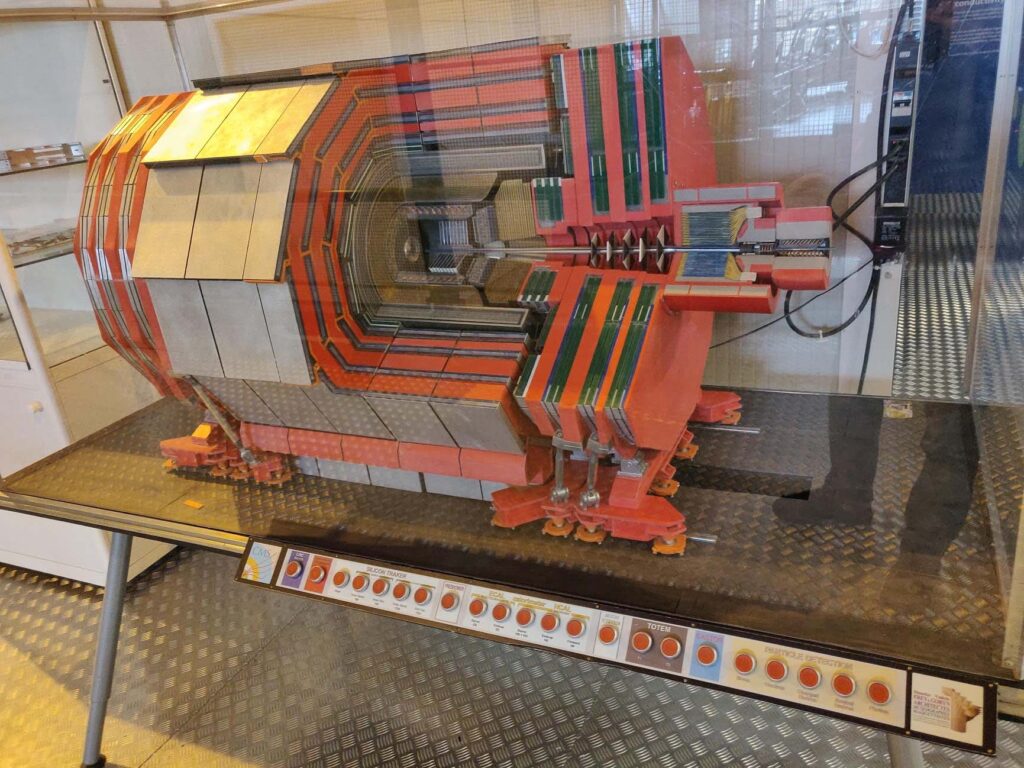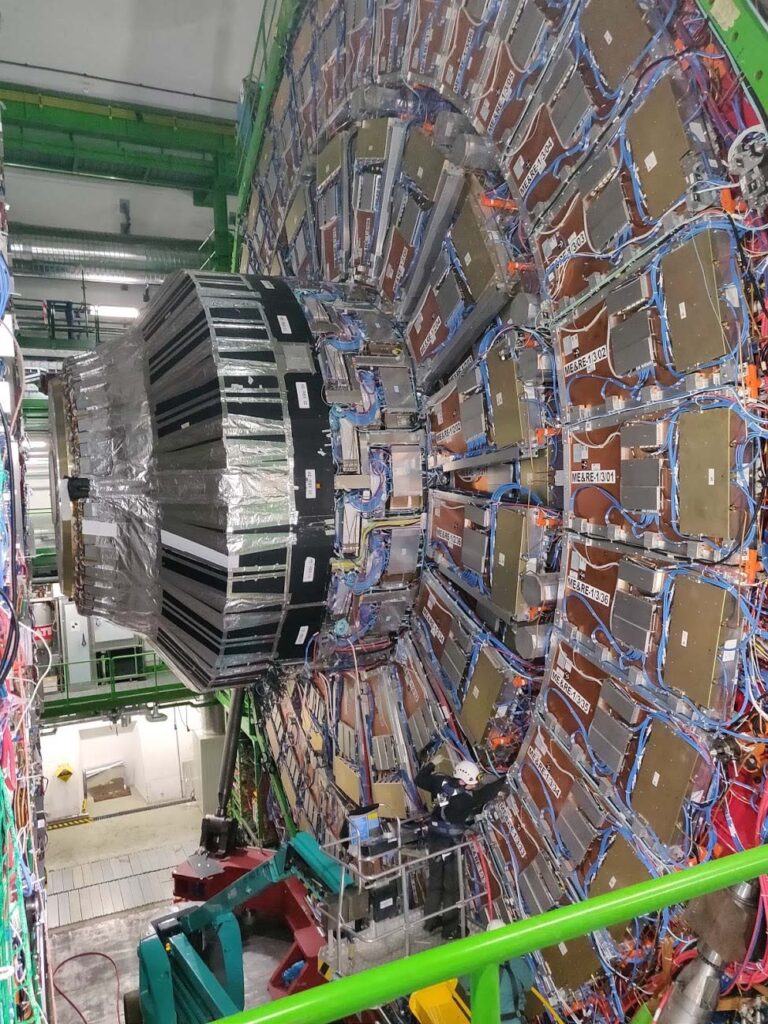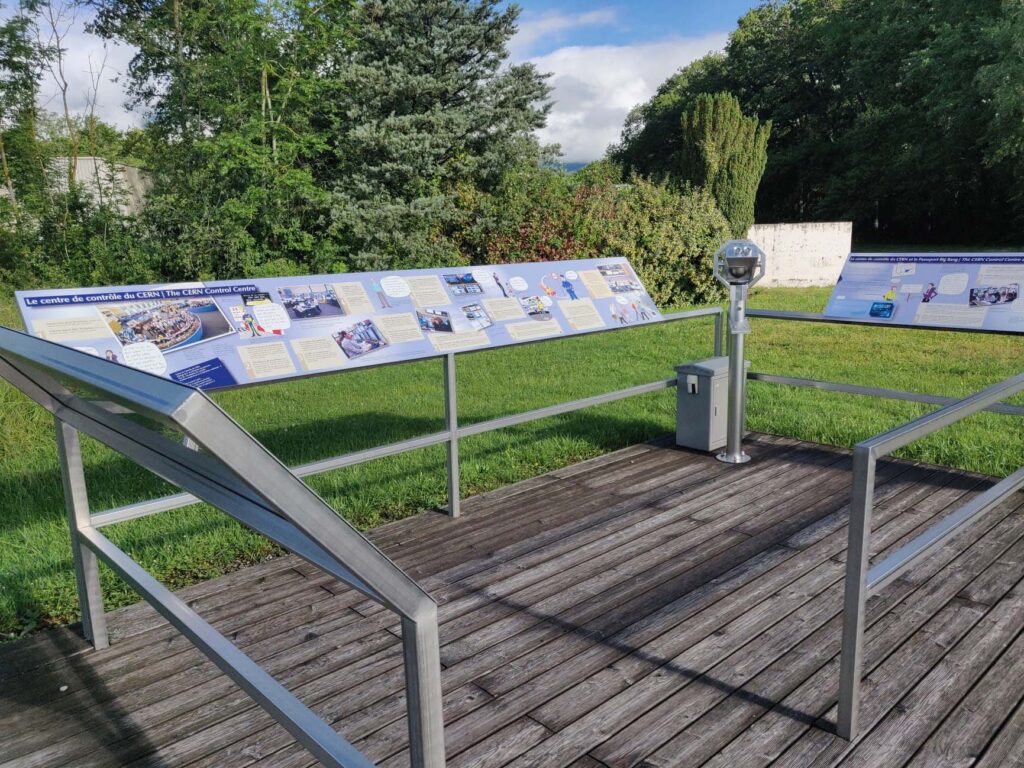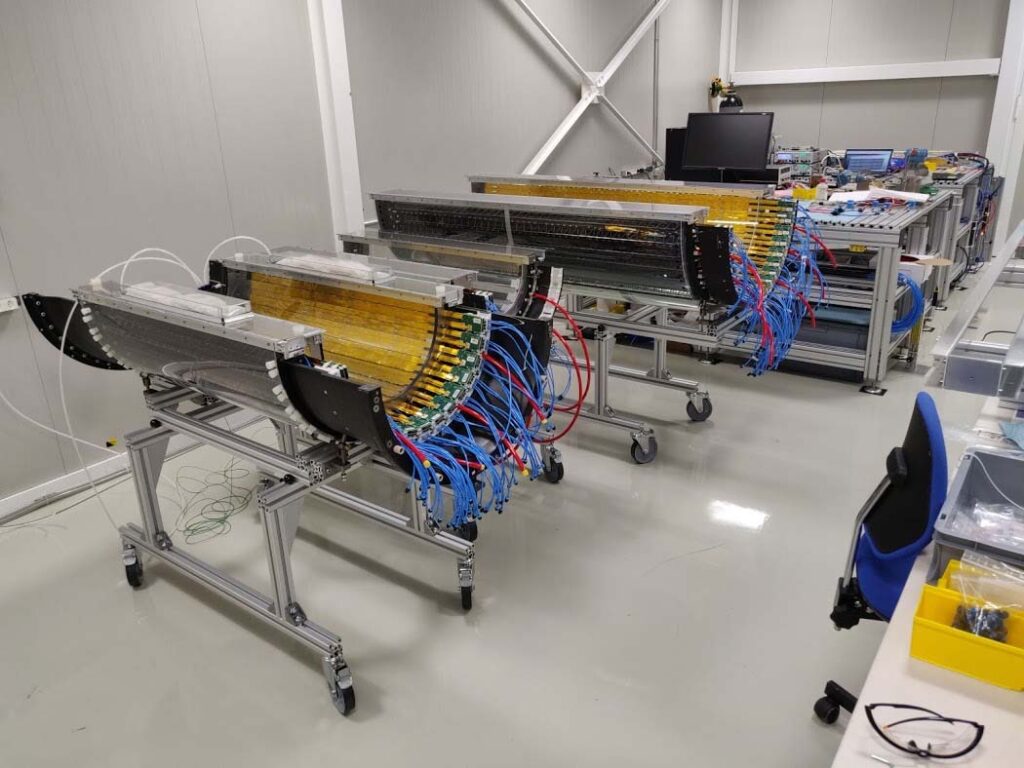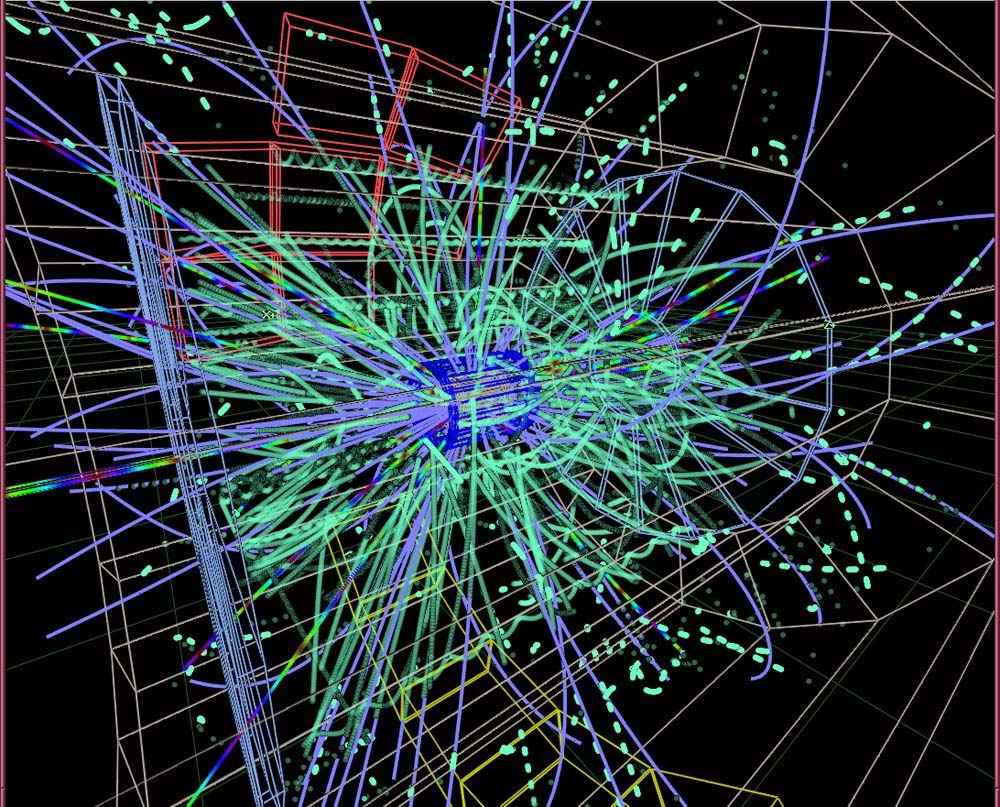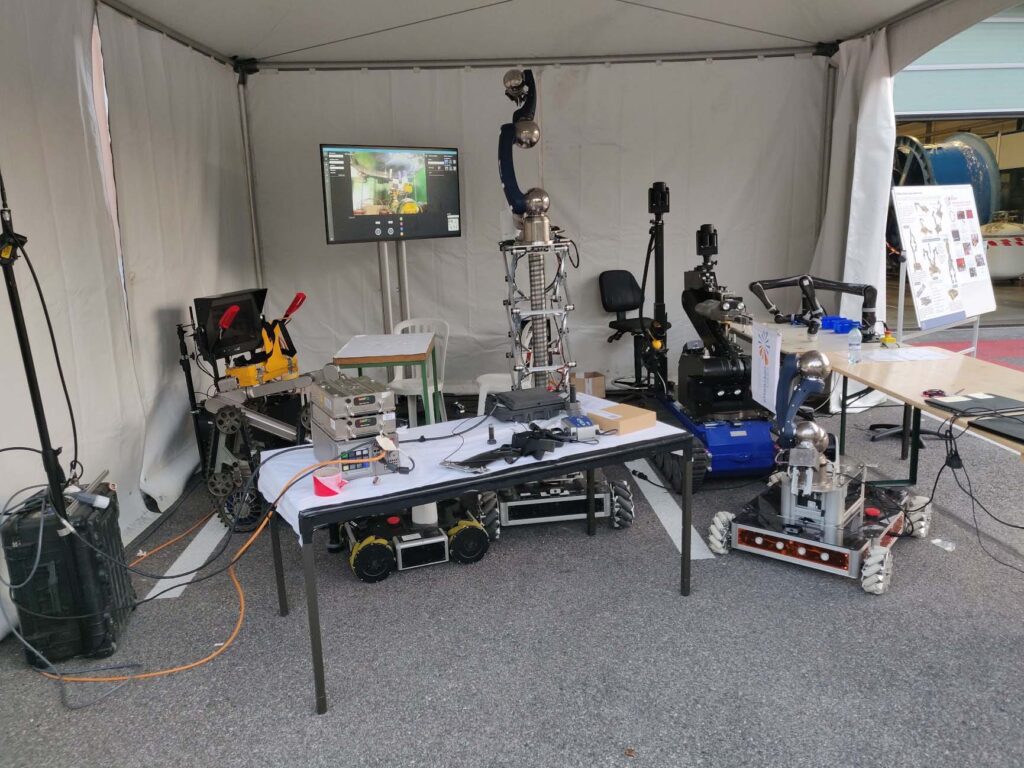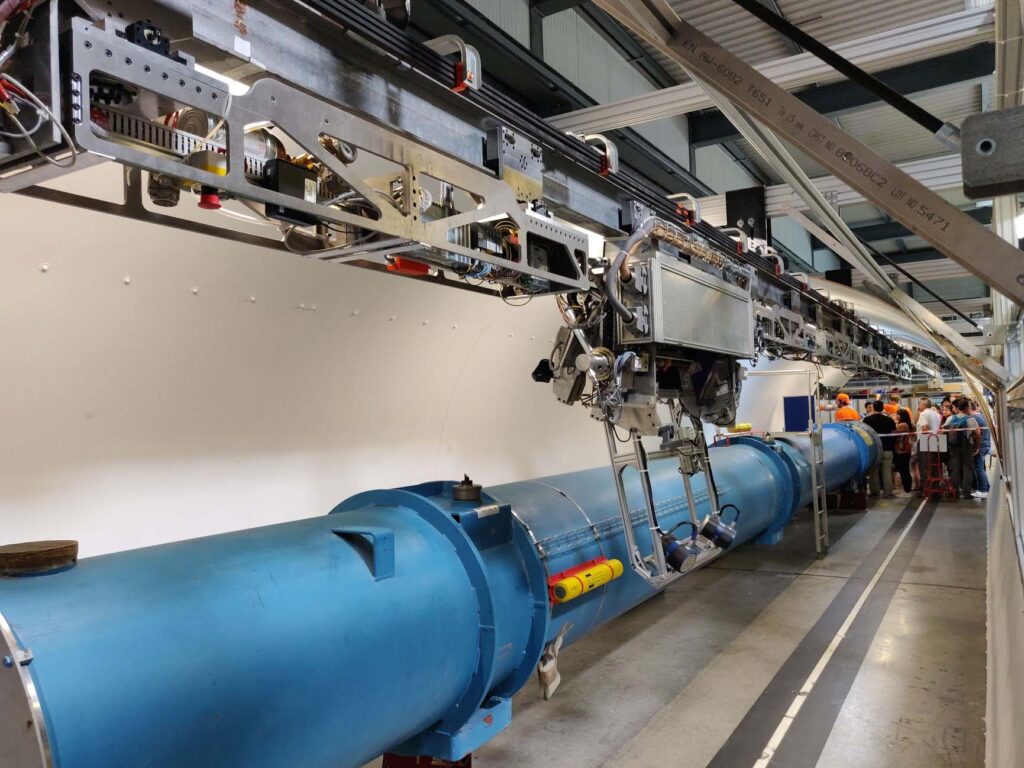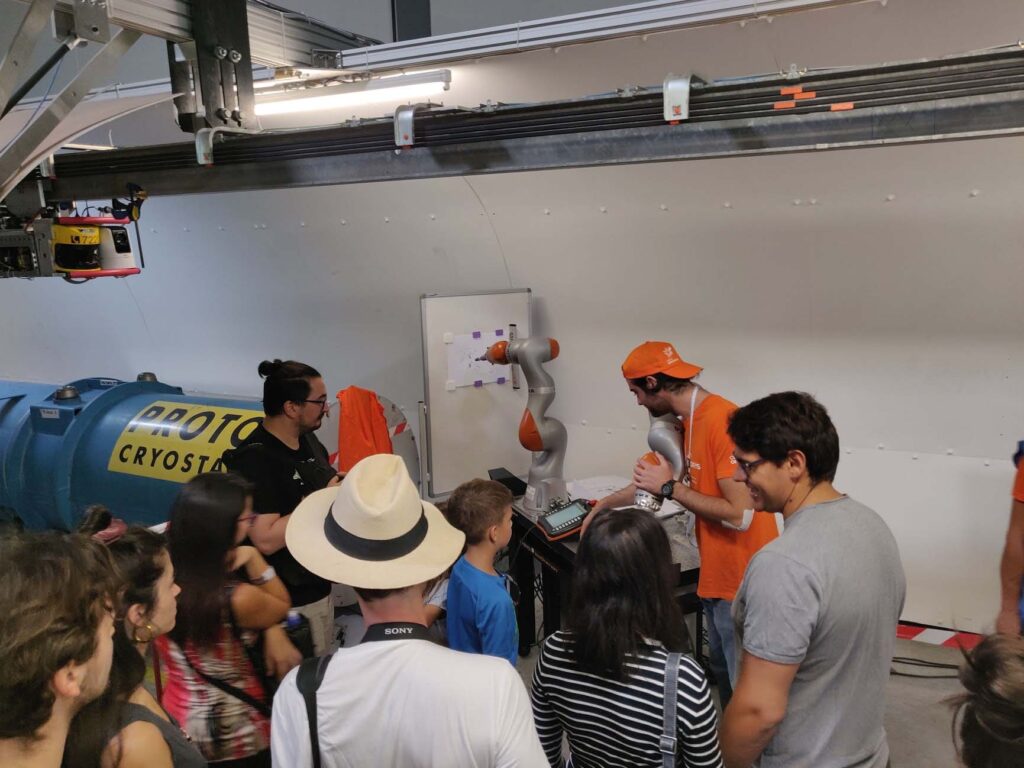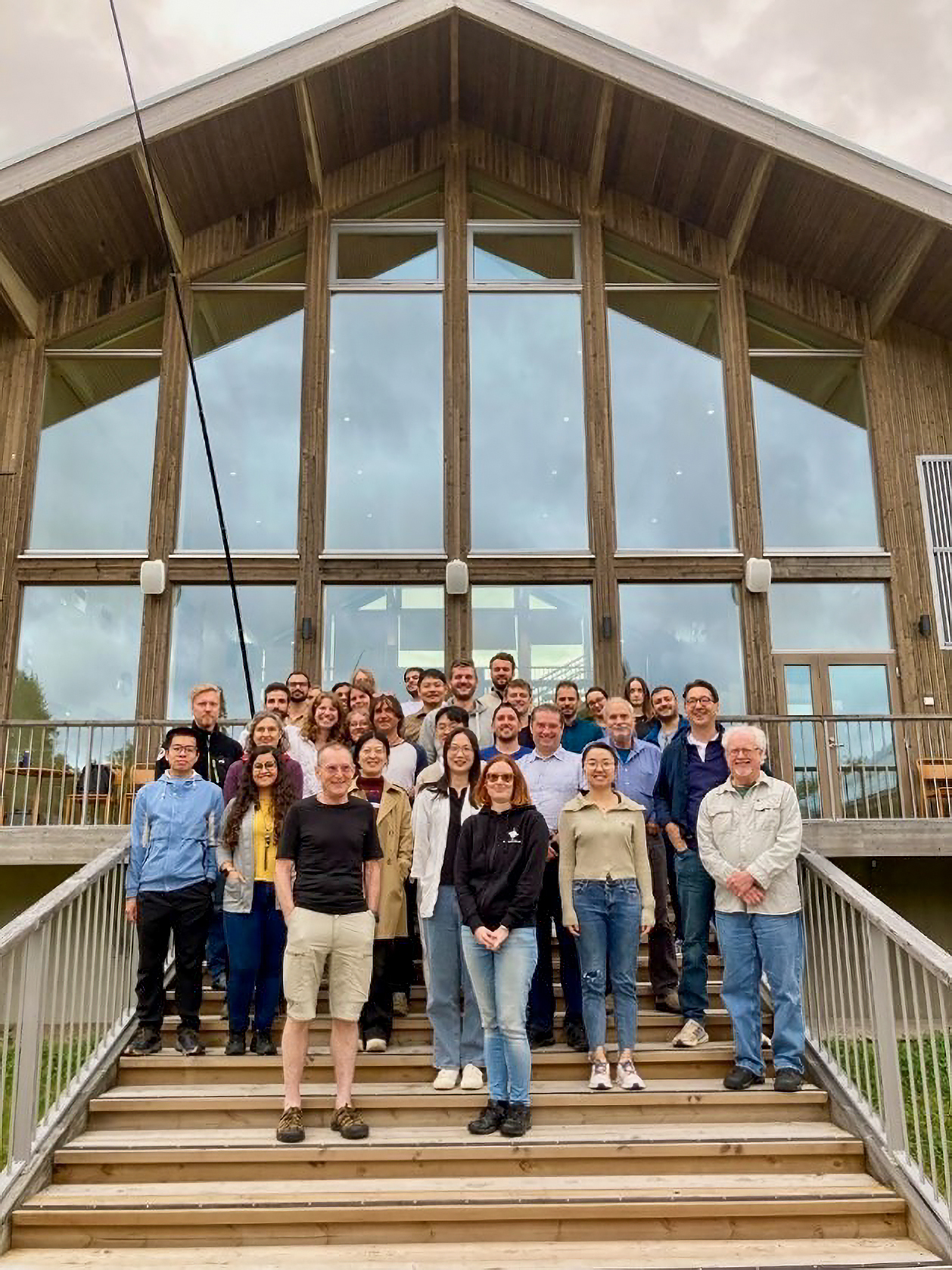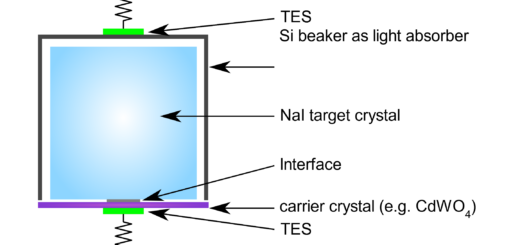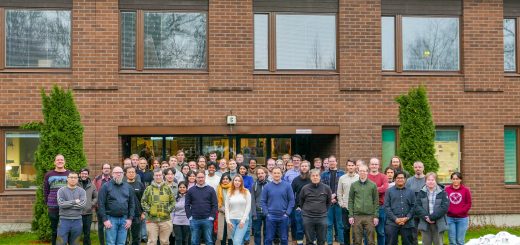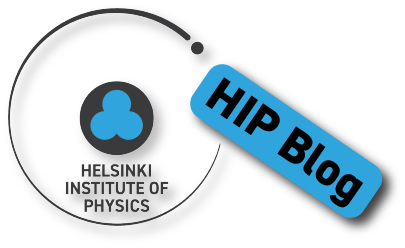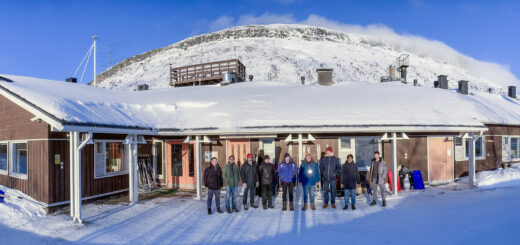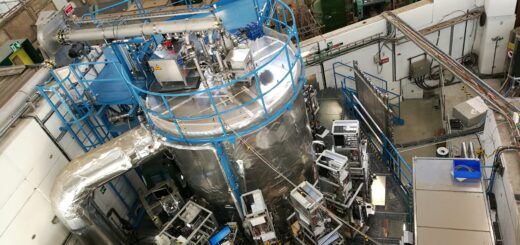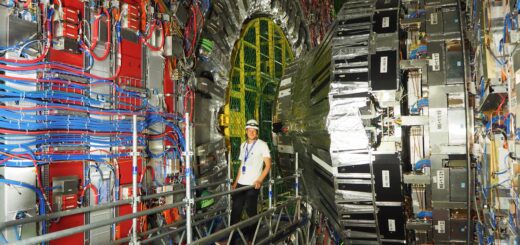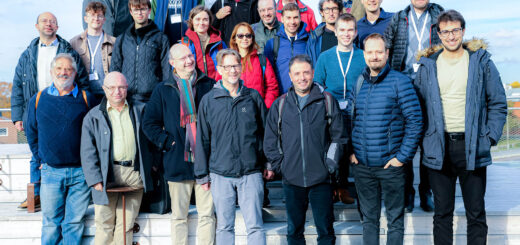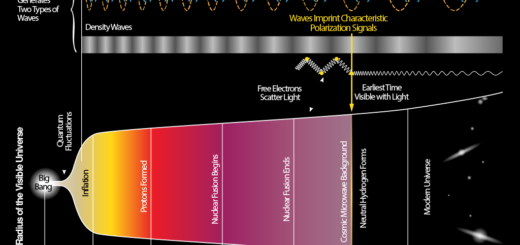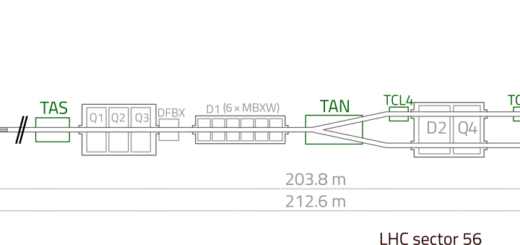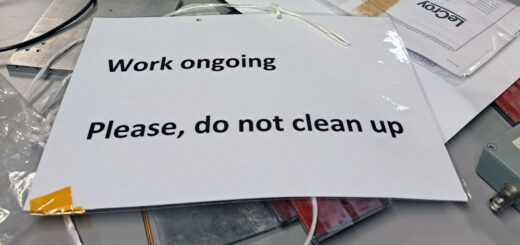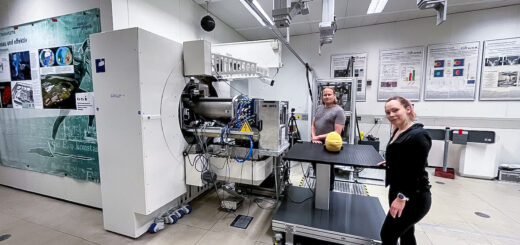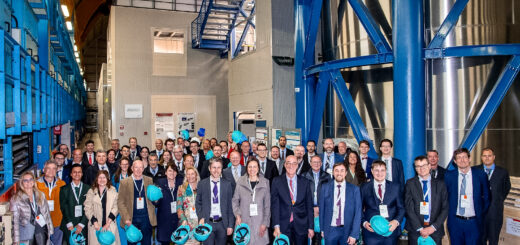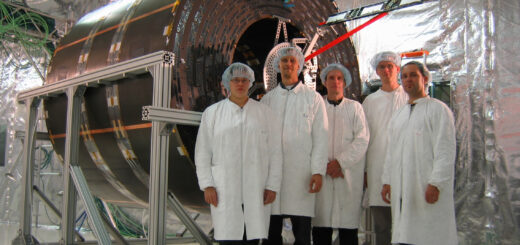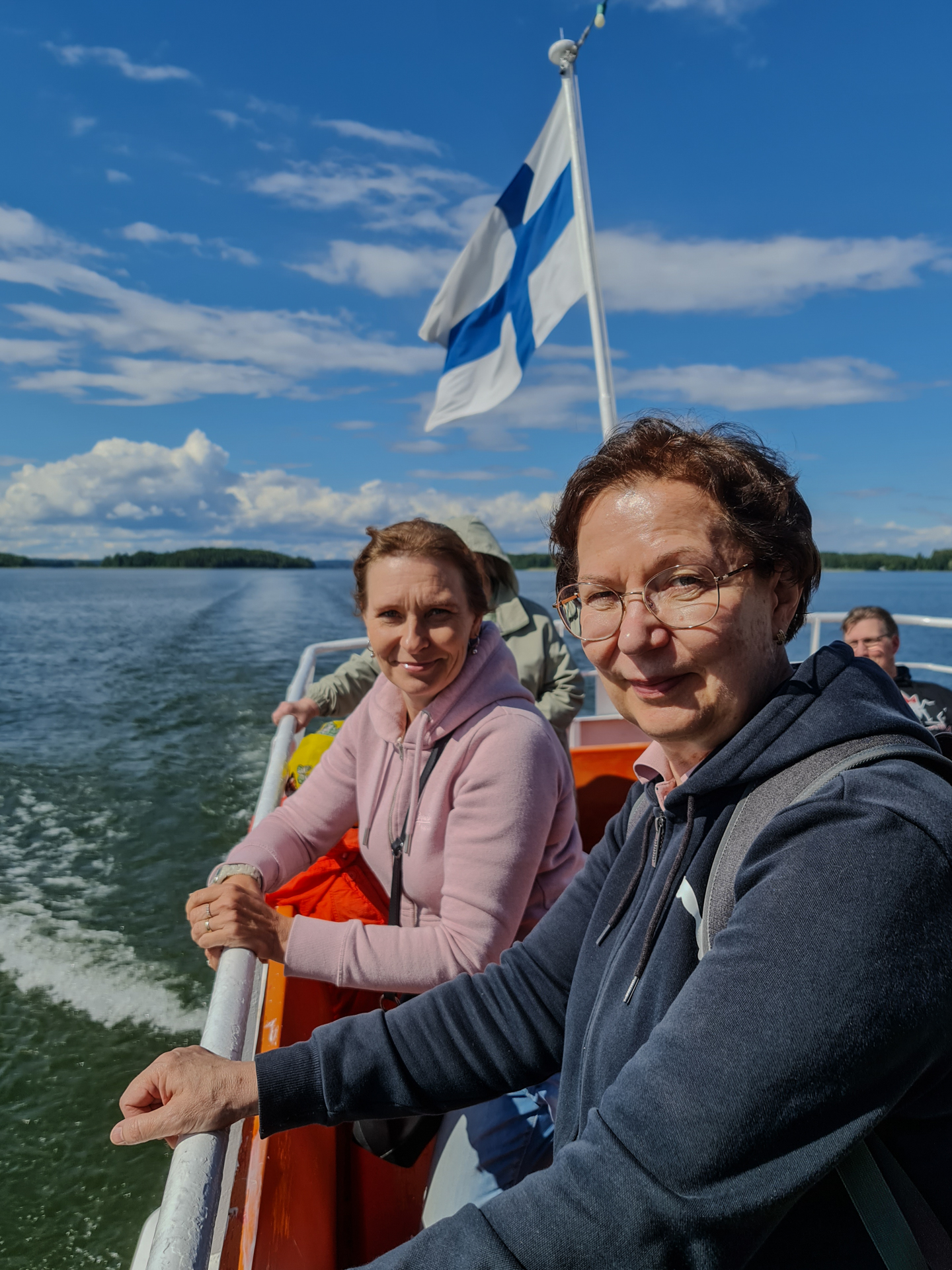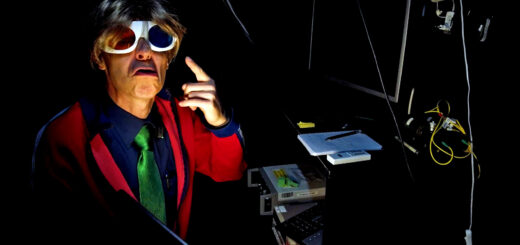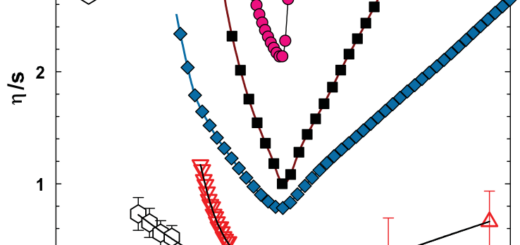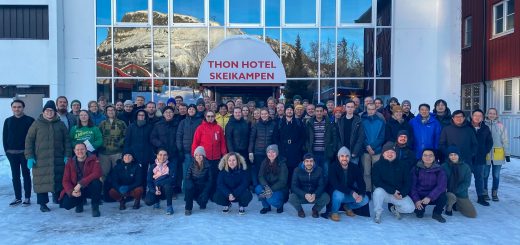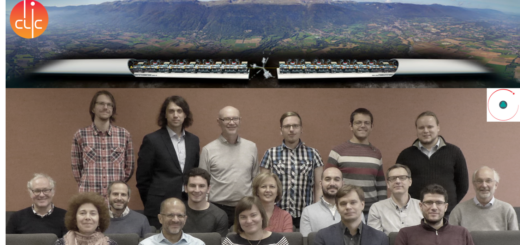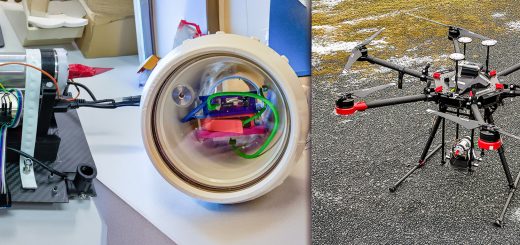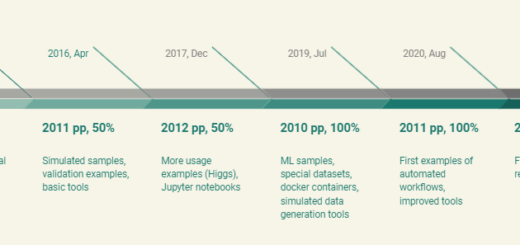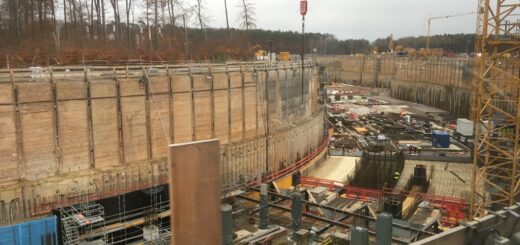The Curious Journey of a Robotics Engineer to the Most Exciting Research Facility on This Planet.

How far can we keep splitting them? Would there be a moment in history that we find the “Atomos” which is truly “indivisible”? What would it mean? Would it be the instant that we realize that we exist in one of countless simulations? The Atomos is the smallest bit of information that can be stored on computers of “Gods” and the speed of light is the fastest rate of data transfer they could accomplish? I bet the ones for “Fine-tuned universe” will bombard us with lots of “I told you so” comments. I for one would be fine with that since there is always relief in knowing the truth as bitter light tastes better than the darkness no matter how sweet it is.
My 2019 was blessed with the privilege of spending six months as a trainee at CERN where the most important question of the origin is the very goal. The facility is awe-inspiring in most regards, from the sheer scale of construction and human collaboration to the very details of technologies utilized and the magnitude of accomplishments are yet far from perfect. In this text, since my expertise is not in the field of physics, I will steer clear of details of experiments and mainly focus on personal observations and experiences which might be interesting for people who are considering working in CERN or visiting.
Tampere to Saint-Genis-Pouilly
I was invited to work with the Experimental Physics Department as an Associate member of the personnel which is probably the official euphemism for trainee. I would have accepted the position for free just to quench my curiosity so it was nice to hear that the position pays about 1300 euros of allowance which can cover living expenses to some extent. Even though I chose to live on the French side, the prices are hyped by the swiss border and the allowance was gone just for the accommodation and necessary calories, in addition to a few of unnecessary ones. I needed visas for France and Switzerland, however, acquiring them could not have gone smoother. A single visit to the French embassy in Helsinki, no application fee and the swiss visa was taken care of by CERN a few weeks after I arrived.
Many of the people with CERN related jobs live in Saint-Genis-Pouilly, the commune adjacent to the swiss border. It is small and quiet with a lovely nature and crystal-clear skies. The others mostly live in Geneva on the Swiss side. Geneva is a lively city in which many festivals take place throughout the year. In addition to those fun activities, during the weekends, CERN restaurant is the host of employees drinking and sometimes dancing.
CERN is Never Boring
Just opposite the Meyrin site entrance, Globe of Science and Innovation this exotic wooden building, never fails to grab one’s attention regardless of how many times they have been there. A permanent science exhibition with impressive demonstrations and lots of nourishments for the thoughts of the curious. For the rest of the facilities, it is delightful to see interesting and informative stands and posters here and there especially at the entrances of different CERN sites explaining the science in an understandable way. I was able to join a tour to CMS experiment during my short presence. Again, not only the mere scale of the massive machine, but what it represents, the magnitude of curiosity and the enormous will to appease it, makes one feel lucky to live today and among such fellow sapiens. Similar to the rest of the facilities, the experiments are decorated for visitors and posters and mock-ups to provide a glimpse of working principles and the mechanisms.
In addition to the regular opportunities, CERN open days event happened during my stay. The doors were open to the public and the booths were erected in many buildings to welcome the visitors. During those days I enjoyed explaining the activities of the Robotics section to the curious minds and learning from their perspectives as well as visiting other departments’ exhibitions and learn from other CERNians. It is sad to see COVID had interrupted exhibitions and visits however, luckily, online visits are possible.
Engineering Physics Department and the new ALICE detector
As mentioned, I was invited to take part in activities related to the EP department of CERN and there I had the chance to see the parts of the new ALICE detector being developed in person. In the clean room, where the development was taking place, I saw dedicated scientists, students and bosses working with dedication alongside each other to improve ALICE detection rates by orders of magnitude. My job was to find robotic solutions for inspection purposes in collaboration with the Robotics department. The physics-savvy reader should forgive my crude and qualitative reports due to the lack of deep knowledge in this field however, I will try to mention a few of interesting detector design limitations that my mind manages to process.
The detector is the device inside which the proton collisions happen and becomes radioactively hot overtime. This presents a major challenge for future maintenance since it mandates lengthy cool down periods, up to a few months in some cases, before any human can safely access the detector. The new detector design, as far as I understood, was done with a robot-friendly approach to pave the way for robotic intervention and maintenance.
In addition to such safety limitations, I found the “material-budget” very intriguing. The resulting particles of the collisions scatter away from the collision point and the detector “pixels/sensors” sense them passing through. Comparing the detections is how the trajectory of the particles as well as their properties is determined. Any matter in the path of particles can affect their trajectory and even stop them including the components of the detector itself, the sensor arrays, the parts keeping them in place, wiring, etc. The more massive the objects the more obscuring introduced to the readings. This limitation affects the shape of the components as well as their material.
Robotics Department
I was given a desk in robotics department in order to better collaborate with this section. I spent most of my days there and my experiences there were interesting and exciting, however, very mixed and oddly disappointing considering the CERN factor. This department provides robotic solutions for interventions which cannot be caried out by humans due to limitations such as radiation hazards and accessibility. For example, the train that navigates the LHC for observation and measurement, TIM, is operated by this department. In addition to regular services, researchers, PhD students and experts there, continuously work on developing new solutions for the existing robotic demands as well as working on designs for future CERN projects such as a train for the Future Circular Collider(FCC).
The robots at CERN do not use any of the available operating systems such as ROS but rather use CERN Robotic Framework (CRF) which is developed in-house from scratch. This approach, in theory, should eliminate the confusion about the behavior of the code and the source of errors. In practice though, developing an entire operating system is no small task and in order to benefit from its merits, it must be done by the book. The programming experts might not agree on an exact number however, 20% of effort allocation for documentation is the very least I have encountered. Sadly, according to the leader of the department, it was 5% at the time. In other words, CRF is a very person-oriented work and suffers greatly by changes of the personnel. Surprisingly, the programmers of the department, even the very senior ones, were not offered contract extensions even though the core of the operations, the CRF, would suffer greatly. The silver lining is the people working there are very friendly and welcoming to the new members and working alongside them was truly delightful.
The robotic section, the offices and the workshop are located in a two story temporary building made of sandwich panels which was supposed to be replaced with a proper one after six months however, after more than five years, the team still works there. When one enters the workshop, they will be greeted with an exciting sight of purpose-built robots, industrial robot arms, an advanced VR workstation and young engineers, developers and students improving the robots and making new ones.
The very international composition of the robotic team makes working there enjoyable. I enjoyed working alongside people from Spain, Venezuela, Italy, Austria, Poland, France, Switzerland, Latvia, Denmark, Malta and Iran. Unfortunately, and surprisingly, too many of the members lack enough English skills to communicate in an efficient way and one extreme example could barely do more than the everyday greetings. This begs the question that what are the selection criteria for jobs in the section and why communication ability was not considered as a priority.
Working at CERN
Doing an internship is a perfect way of knowing the work environment, especially in a giant organization such as CERN. Some of the interns are offered PhD positions so they can stay, in case they wanted to extend their collaboration and I think that is an interesting path if one is pursuing a longer presence at CERN. As far as I understood, PhD students are paid twice as much as the interns and the payment difference between a PhD student and CERN employee has roughly the same ratio. Other than the compensation matters, working at CERN provides the opportunity of benefitting from numerous classes such as radiation protection which can be beneficial for one’s future career. Moreover, CERN pushes you to learn the beautiful French language since many of the service staff and guards do not know enough English. Why they were employed in such an international place remains a mystery to me.
Someone who might be interested in pursuing such a career, before putting any effort in that direction, should be aware of a peculiar requirement for employees of CERN. Only “nationals” of the member states can be officially employed by CERN. For the sake of financial exchange, it would make sense to limit the vendors to the ones from member states however, depriving an individual of the opportunity only because of a factor they had no say in, regardless of their qualifications, sounds tribalistic.
Last Words
What is happening at CERN is nothing short of magic and you should learn about it and visit when you get the chance.
May Odin smile upon you and Thor electrify your days.
Damoon, now working as PhD student to continue the development of the continuum inspection robot as part of the HIP Technology Program project ROBOT: www.hip.fi/robot
Damoon Mohamadi
PhD student, HIP Project (Robotics and AI for monitoring and intervention)
Tampere University and Helsinki Institute of Physics




